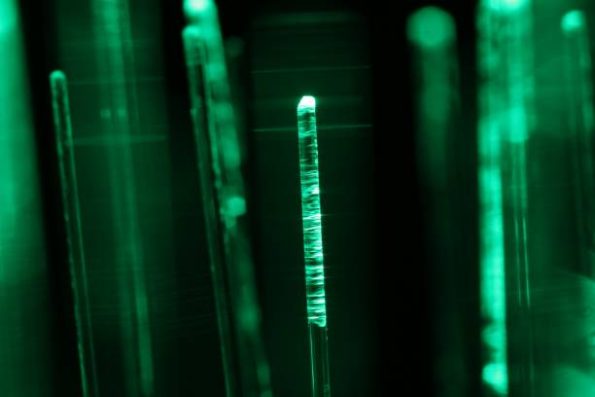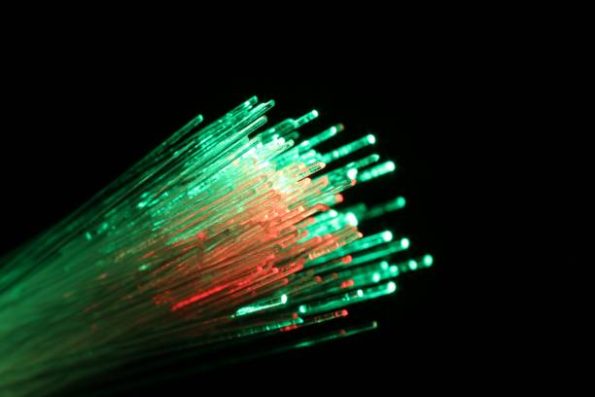Fiber Optic Cables serves as the high-speed, high-capacity backbone of today’s datacom networks. As the demand for network speeds and bandwidth continues to soar, the performance standards for fiber have become increasingly stringent. Fiber testing is now more critical than ever. This article will guide you through the roles of fiber testers, help you determine the right fiber tester for your needs, and provide insights into common fiber optic network issues. You will learn how to test and troubleshoot cable networks to ensure they deliver optimal performance.

Understanding Fiber Optic Cables
Fiber optic cables is a sophisticated cabling solution that contains one or more optical fibers designed for transmitting data at lightning-fast speeds and over extensive distances using light. Typically made from glass, these fibers are incredibly thin, often less than one-tenth the width of a human hair. Fiber optic cables offer several compelling advantages over traditional copper cabling, such as faster data transfer rates, extended transmission ranges, and superior resistance to electromagnetic interference.

The Significance of Fiber Optic Testing
Fiber optic testing is an essential process that verifies the performance of optical fiber cabling. It encompasses a suite of tests and measurements, including insertion loss, optical return loss, and fiber length, adhering to all relevant standards and processes. Fiber testing is vital at various stages throughout the life of a fiber cable network, ensuring proper functionality before and after installation, and during equipment changes, upgrades, or expansions.
Common issues in fiber optic networks, such as excessive cable bending, faulty connectors, and end face contamination, can occur at any time. Regular testing not only identifies these issues but also aids in their resolution. Mastery of the appropriate tests and the right tools is essential for maintaining the reliability and efficiency of your fiber networks.

Fiber Testing Methods and Tools
A variety of tools are employed by technicians to install, maintain, and troubleshoot fiber cabling. These include detection and verification testers, certification testers, inspection cameras, cleaning supplies, and advanced optical time domain reflectometers (OTDR) for in-depth troubleshooting and analysis of existing fiber optic cables.
Fluke Networks stands out as a market leader in enterprise fiber testing equipment, offering a robust selection of field-tested fiber testers designed to inspect, clean, verify, certify, and troubleshoot your fiber optic cables networks.










